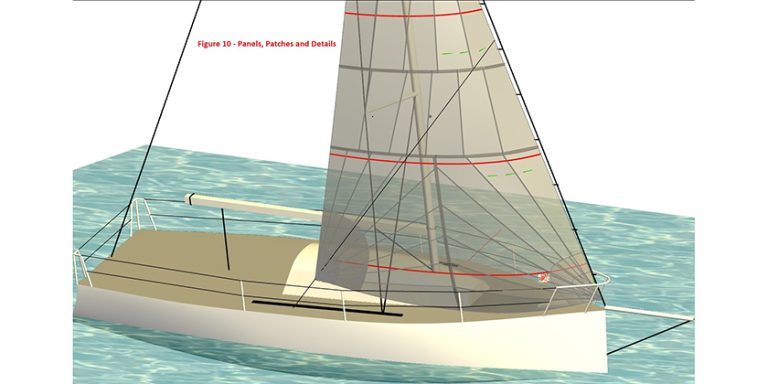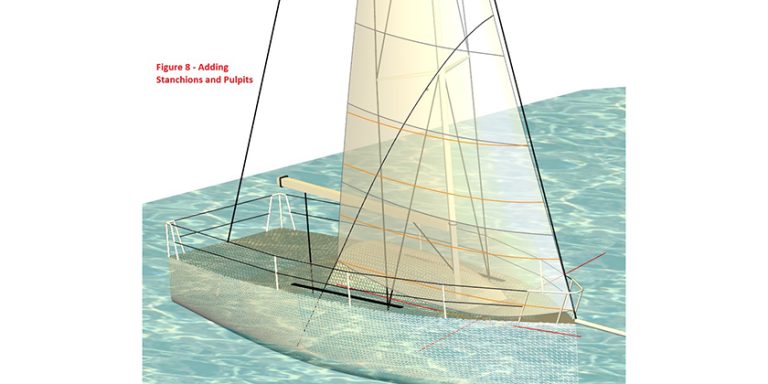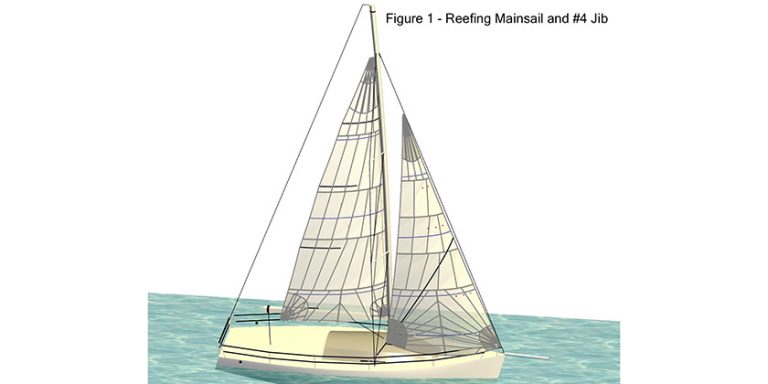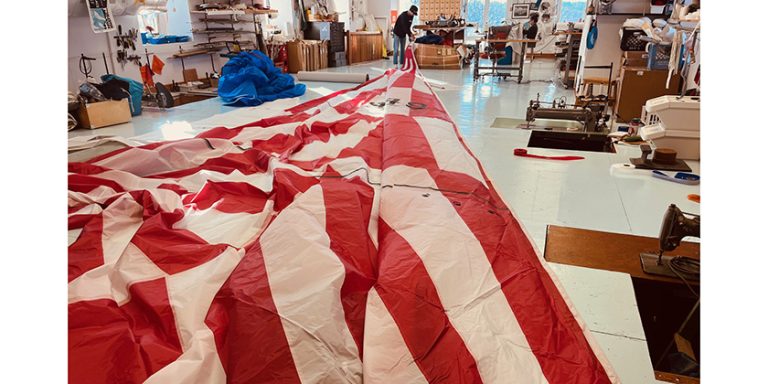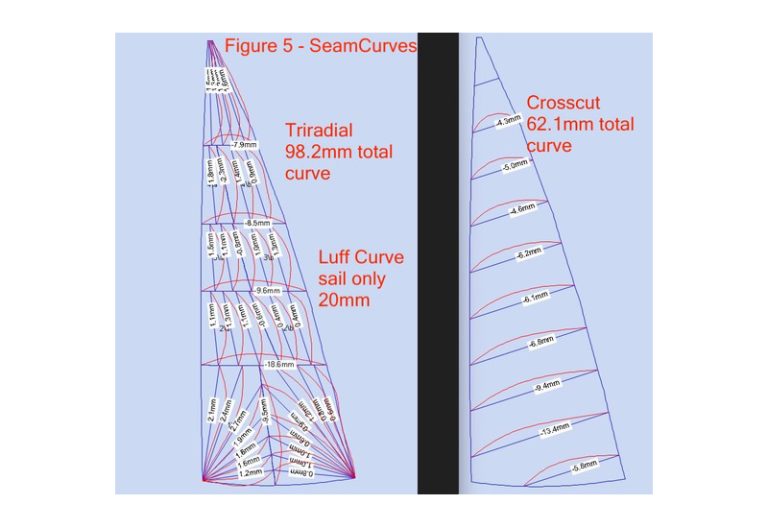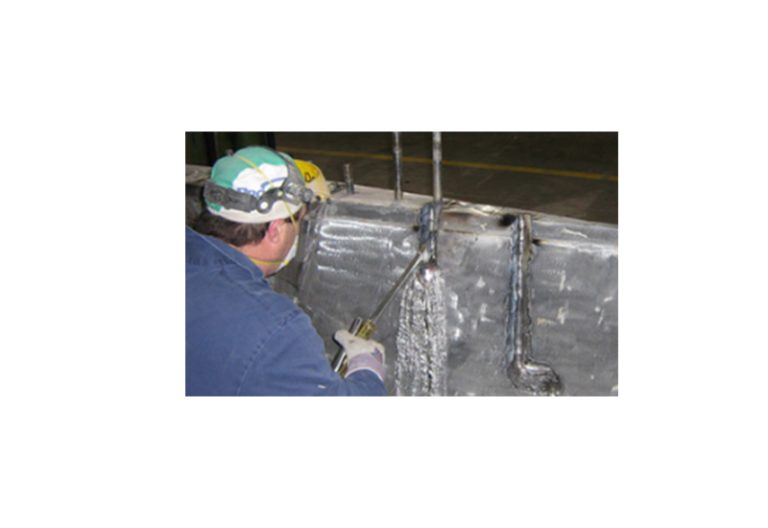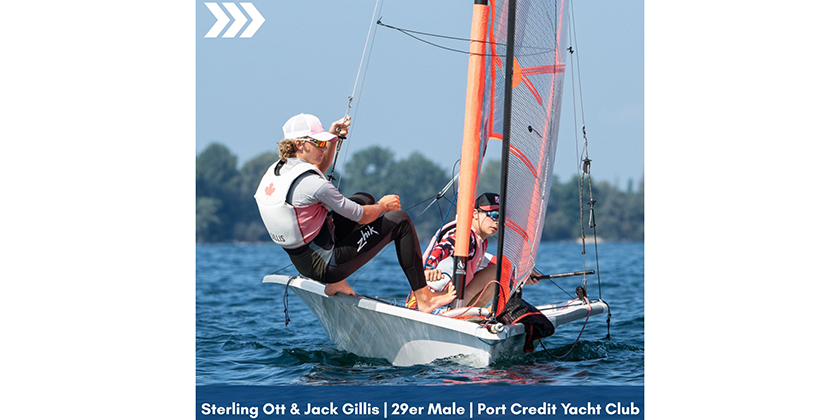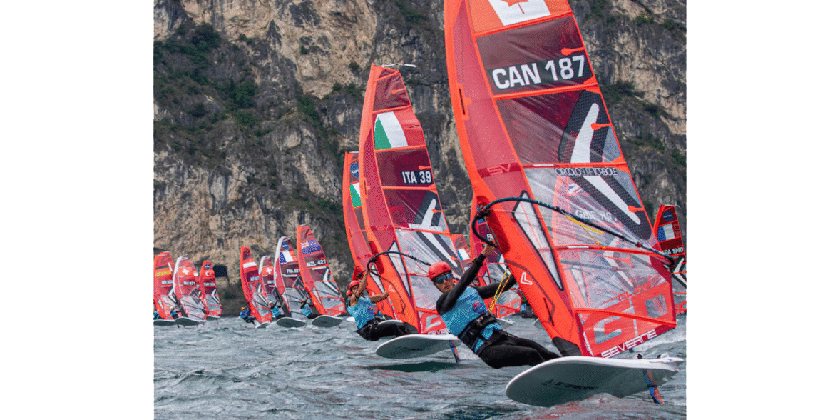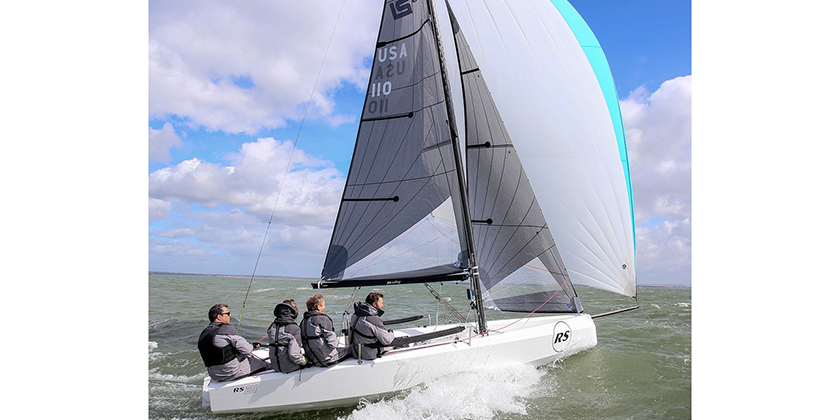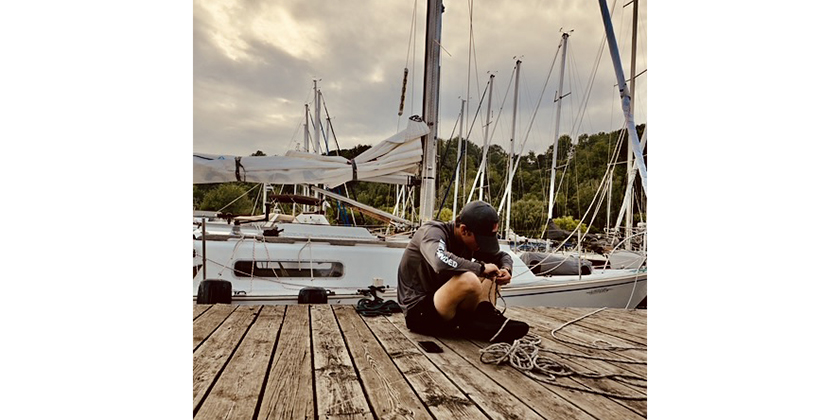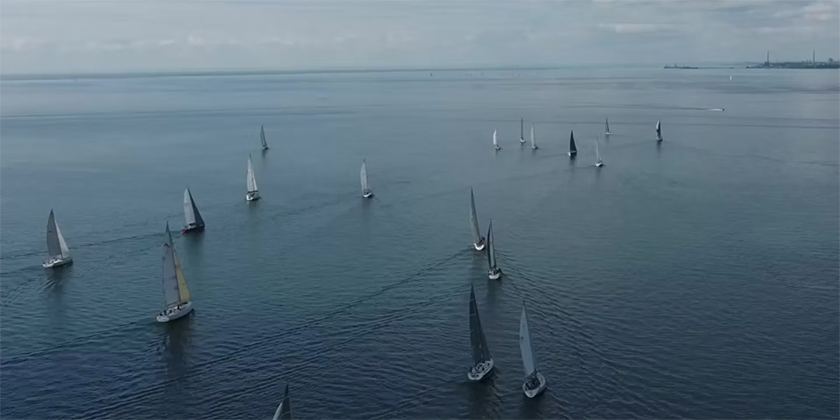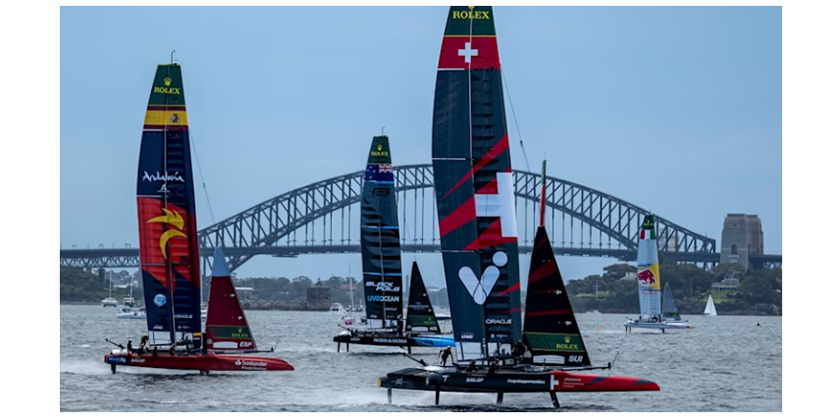Want to be a better linesman? Know your ropes and where to use them.
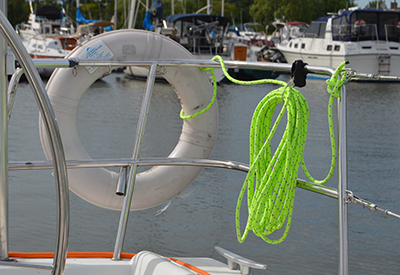
Feb 25, 2021
On Port Credit YC’s regular Online Wednesday night speaker series, Morten Fogh and Cam Copeland from Fogh Marine shared some of the secrets from the Geek World of Ropes. Not to be selfish, I thought I would share some of their knowledge with you.
Most common ropes:
1. Polyester based (usually white or white with a coloured fleck)
• A great all-purpose rope of good quality at a great price
• Low stretch and readily available with good UV resistance, but does absorb water
• Great for spinnaker halyards and sheets
• NOT good for dock lines, as it does not have good stretch
2. Nylon (usually white in North America and Yellow/Gold else where)
• More stretch and give than polyester
• Ideal for anchor and dock lines
• Put a snubber on your dock lines so if they break you are ok
3. Polypropylene (usually yellow or white)
• Made of plastic fibers so there is no water absorption, it floats and is very inexpensive
• Low melt point and very low UV resistant
• Ideal for throw, rescue, tow ropes or painters
• NOT good as a dock line (gets stiff with little elasticity)
Higher Tech ropes:
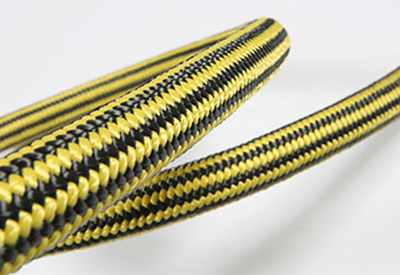 Vectran
Vectran
4. Vectran (a liquid crystal that took over from kevlar rope)
• Low stretch with zero creep, but doesn’t like going around corners
• High strength and low UV tolerance, so should have a polyester cover
• Ideal for halyards or long lines
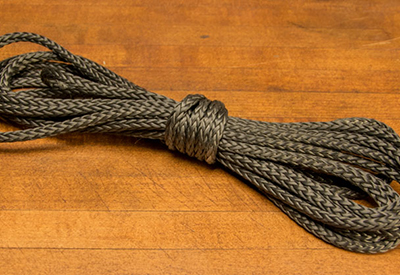
Technora
5. Technora (very similar to Vectran)
• Very high heat abrasion resistance with a soft, fuzzy feeling without failing
• Good for ropes moving quickly under load (used by Skiff and AC boats)
• Ideal for genoa/jib sheets
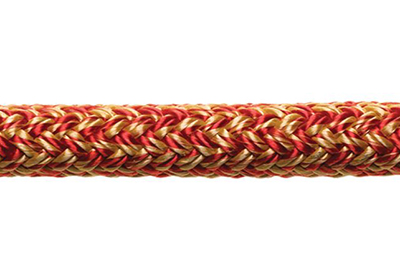 Marlowe MGP PBO 50
Marlowe MGP PBO 50
6. PBO (Hard to come by and used on AC boats as they replace lines every other day)
• Very light compared to steel counterparts
• Used as a core inside a cover for rigging
• Very low UV resistance (a lightbulb will cause rope to fail)
7. Dyneema (made in Europe)
• Made of plastic, wears well, is very light, doesn’t absorb water and has good UV resistance
• Much more expensive than polyester, but holds up under chaffing, goes around corners
• Go thin with the rope as it is strong, easy to lash and can be tied tightly
• Ideal for trapeze wire, main and genoa halyards
• Not good to put it through a cam cleat as it is slippery
8. Spectra (made in North America)
• Not used much in the marine industry any more
• It is value added, but not performance
Some tips from the Pros:
• NEVER use old halyards for dock lines or tying boats down to a trailer.
• There is a lot of wear on halyards from going through clutches, so use a rope with a Dyneema cover to save wear and tear.
• A good way to pretension your halyards on the way out to the race course is to attach them to your toe rails and tighten them taunt using a winch.
• NEVER put your ropes in the washing machine! Let them soak overnight in a bucket of soapy water, rinse and dry inside out of the sunlight.
• Check your ropes every year for wear and tear, keep them out of the sunlight, especially in the winter if your mast is up (put a stringer through the mast).
• If you have a hard time pulling in a line with a lot of load on it, go down in rope diameter.
• Be careful of wear and tear on rope going through blocks, as the newer blocks have more teeth and are harder on the rope, but they do hold better.
• Round, firm line will hold better in a clutch.
• Rope diameters vary dramatically, due to tension, even within manufacturers, so ¼” line is not all the same.
• Colour code your lines and when replacing them, keep the colours consistent.
• Measure the length of your lines to buy only what you need and to keep weight down.
• Wire to rope halyards are old but still good, although hard on sails, masts and your hands. If you want to replace them with rope halyards, you should also replace your mast head sheave.
-Katie Nicoll

